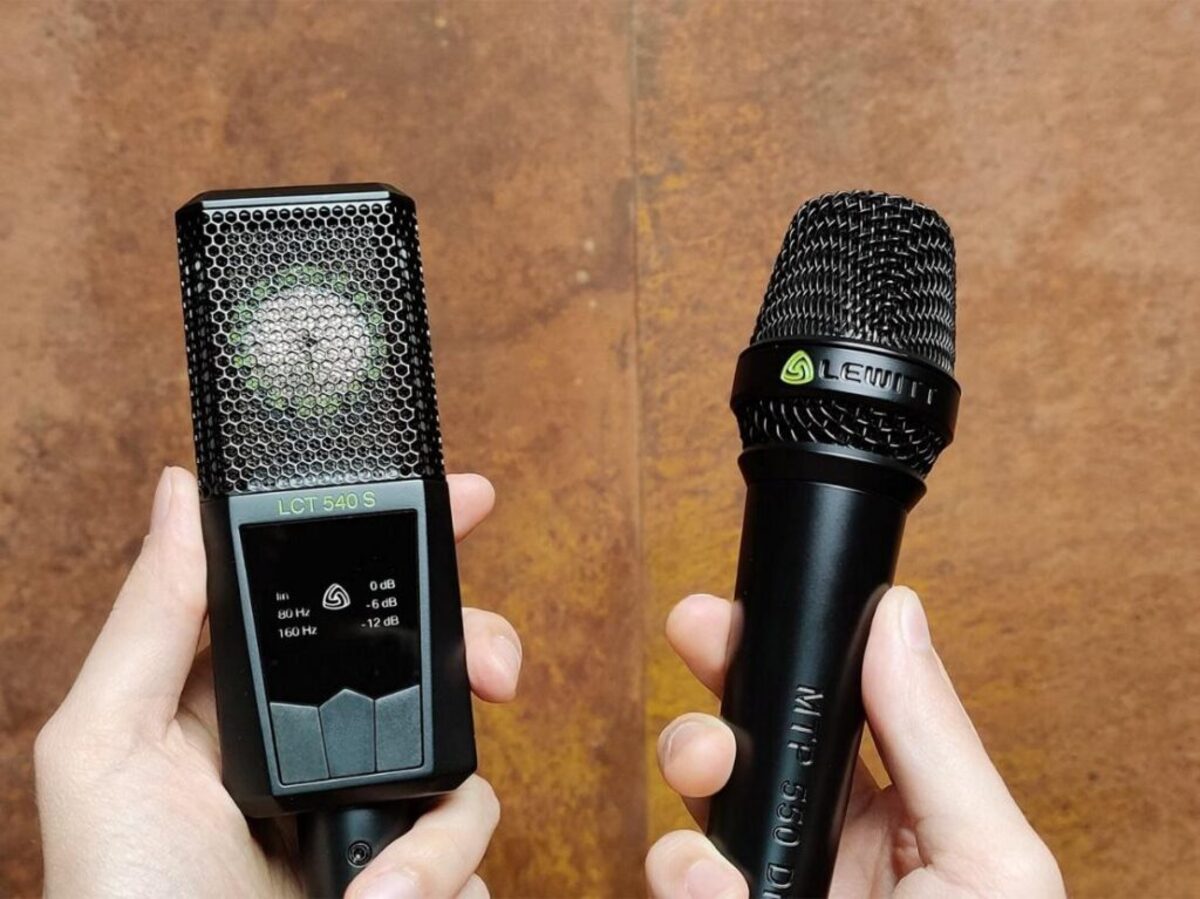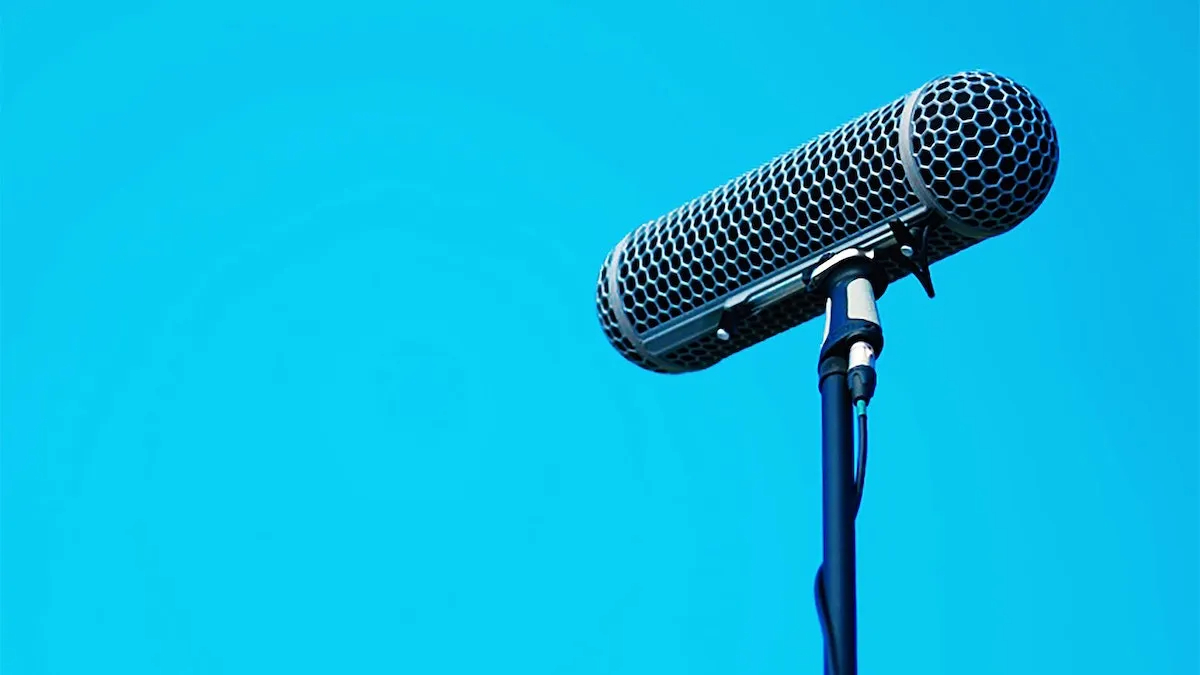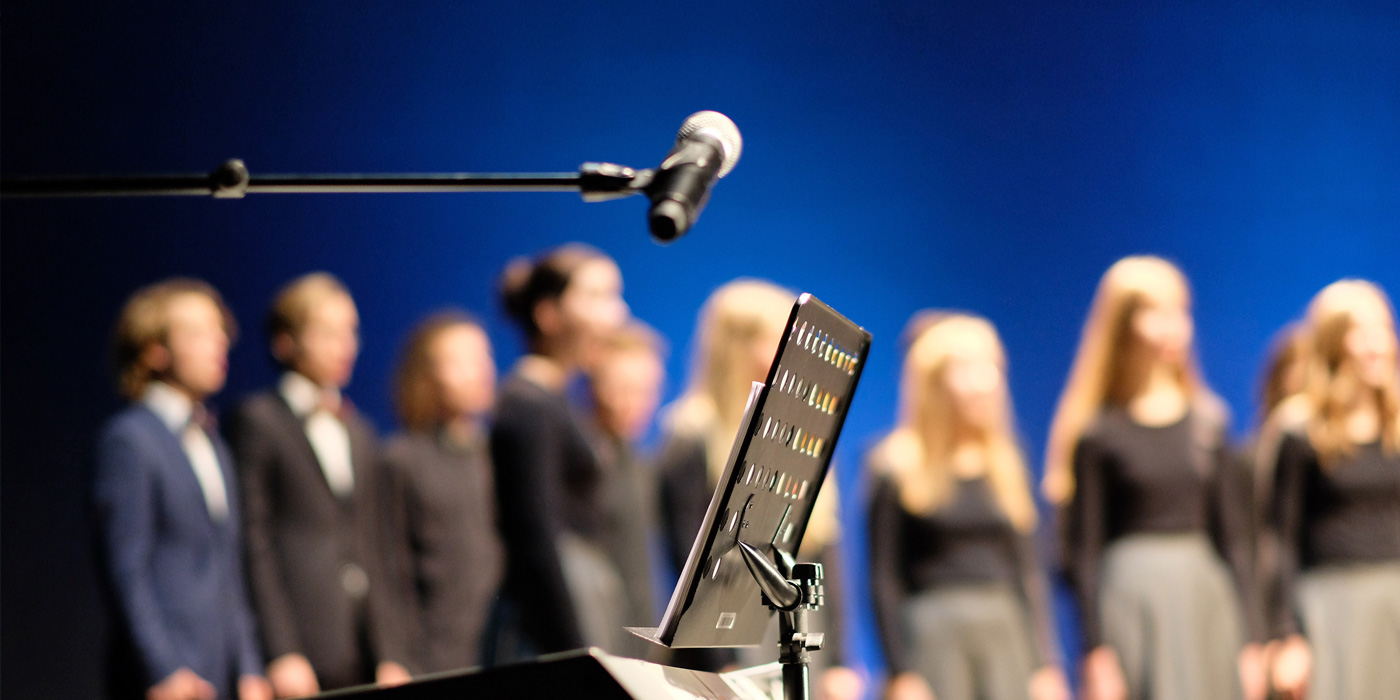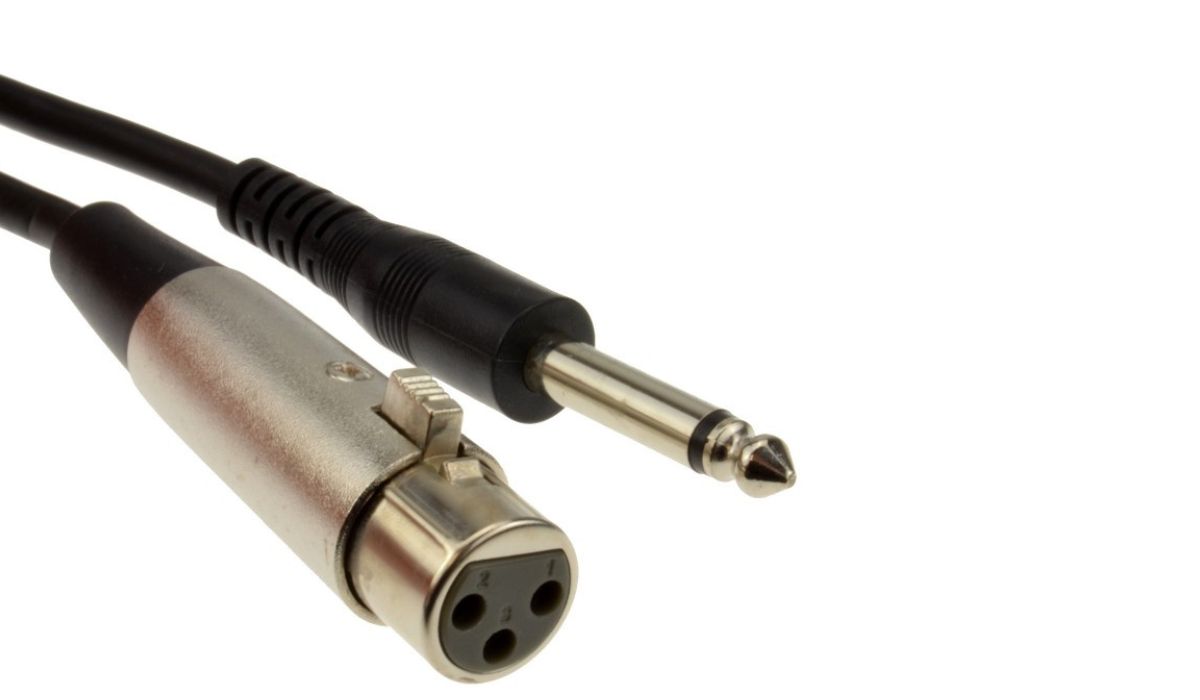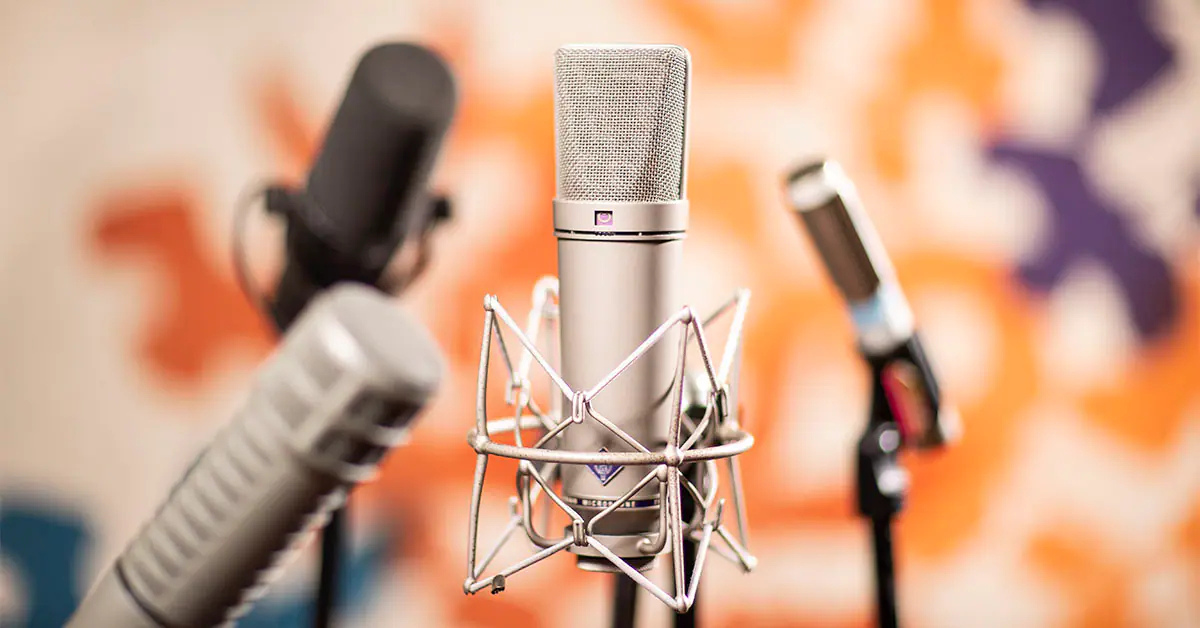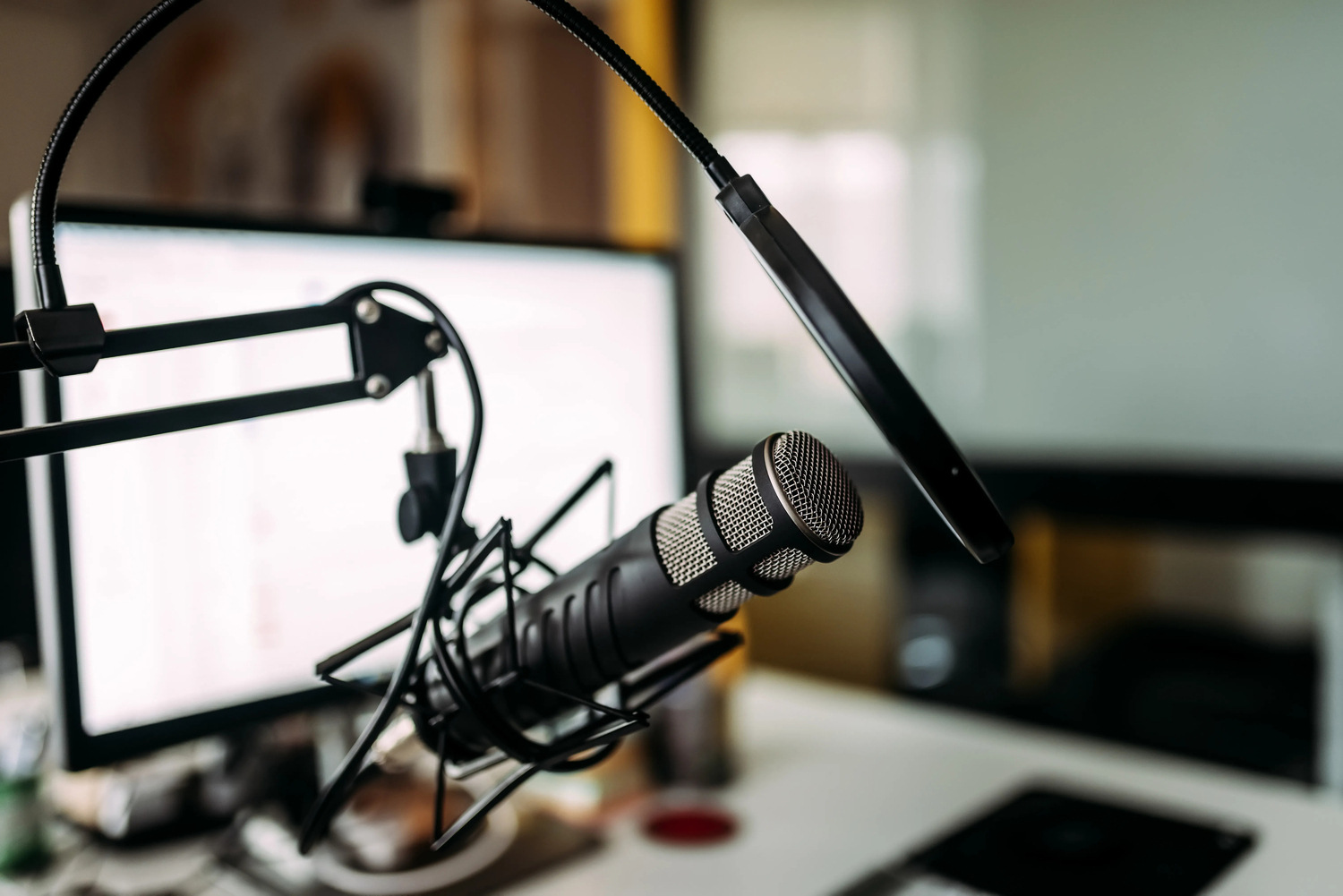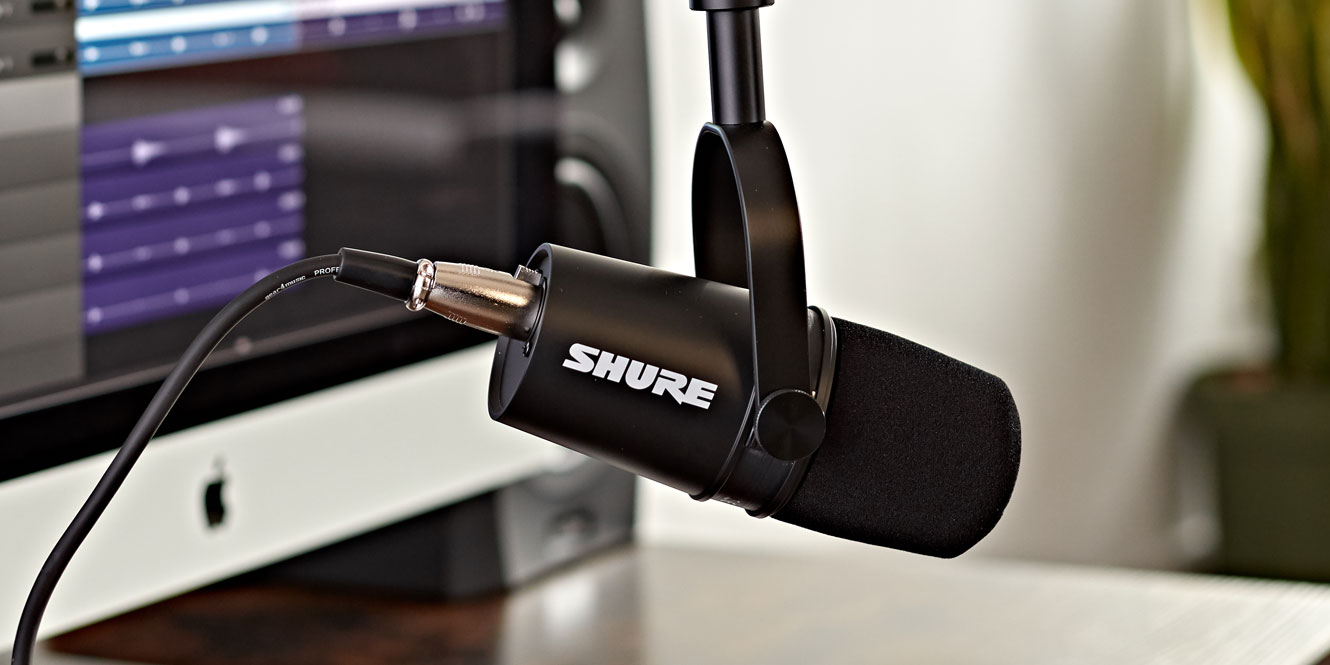Home>Devices & Equipment>Microphone>What Is A Super Cardioid Microphone


Microphone
What Is A Super Cardioid Microphone
Published: February 17, 2024
Learn about super cardioid microphones and their directional pickup pattern. Find out how they differ from other microphone types and their best uses. Discover the benefits of using a super cardioid microphone for your audio recording needs.
(Many of the links in this article redirect to a specific reviewed product. Your purchase of these products through affiliate links helps to generate commission for AudioLover.com, at no extra cost. Learn more)
Table of Contents
Introduction
Welcome to the world of audio technology, where the quest for the perfect sound is never-ending. In this article, we delve into the fascinating realm of super cardioid microphones, exploring their functionality, applications, and the unique advantages they offer to audio enthusiasts and professionals alike.
Microphones are essential tools for capturing sound, and the super cardioid microphone represents a significant advancement in this field. Whether you are a musician, podcaster, content creator, or sound engineer, understanding the capabilities of super cardioid microphones can elevate the quality of your audio recordings to new heights.
Throughout this article, we will unravel the intricacies of super cardioid microphones, shedding light on their inner workings, applications across various industries, and the distinct advantages they bring to the table. By the end of this journey, you will have gained a comprehensive understanding of these remarkable audio devices and the role they play in shaping the auditory experiences we cherish. So, let's embark on this sonic adventure and uncover the magic of super cardioid microphones!
What is a Super Cardioid Microphone?
A super cardioid microphone is a versatile and highly directional microphone that excels in capturing sound from a specific source while minimizing background noise and feedback. The term “super” in super cardioid refers to the microphone’s exceptionally narrow pickup pattern, which allows it to focus on sound sources directly in front of it while effectively rejecting off-axis sounds. This unique characteristic makes super cardioid microphones ideal for recording in noisy environments or on stage where ambient noise and feedback can be significant challenges.
Unlike traditional cardioid microphones, which have a wider pickup pattern and are more susceptible to capturing off-axis sound, super cardioid microphones offer a tighter and more focused pickup pattern. This design enables them to isolate the desired sound source with remarkable precision, making them indispensable tools for live performances, studio recordings, and broadcast applications.
Super cardioid microphones are commonly used in a variety of settings, including concerts, conferences, film production, and field recording. Their ability to capture clear, focused audio while minimizing unwanted noise makes them a preferred choice for professionals and enthusiasts seeking superior sound quality and control.
It is important to note that while super cardioid microphones excel in isolating sound sources, they also exhibit some sensitivity to rear sounds, albeit to a lesser extent than traditional cardioid microphones. This nuanced pickup pattern allows for a degree of ambient sound capture from behind the microphone, which can be advantageous in certain recording scenarios.
Overall, the super cardioid microphone’s unique directional characteristics and exceptional rejection of off-axis noise make it a valuable asset for anyone seeking to capture pristine, focused audio in challenging acoustic environments.
How Does a Super Cardioid Microphone Work?
At the heart of a super cardioid microphone’s exceptional performance is its innovative design, which enables precise sound capture and rejection of unwanted noise. The key to its functionality lies in the microphone’s pickup pattern, which determines the directionality of sound it captures.
A super cardioid microphone features a highly directional pickup pattern that resembles a narrow heart shape, with a pronounced front lobe and two smaller lobes at the rear. This design allows the microphone to focus on sound sources directly in front of it while attenuating off-axis sounds, providing superior isolation and reducing the impact of ambient noise and feedback.
To achieve this remarkable directional sensitivity, super cardioid microphones employ carefully positioned acoustic elements and interference tubes within their construction. These components work in harmony to selectively capture sound from the desired source while minimizing the influence of sound coming from other directions.
Furthermore, the rear rejection of a super cardioid microphone is achieved through acoustic phase cancellation, which effectively suppresses off-axis sound waves that approach the rear of the microphone. This sophisticated mechanism contributes to the microphone’s ability to maintain a focused pickup pattern and deliver clear, unblemished audio recordings.
Additionally, some super cardioid microphones feature internal shock mounts and advanced electronic circuitry to further enhance their performance by reducing handling noise and electromagnetic interference, ensuring that the captured audio remains pristine and free from unwanted artifacts.
When used in live sound reinforcement or studio recording scenarios, super cardioid microphones offer unparalleled control over the captured audio, allowing for precise localization of sound sources and seamless integration into complex acoustic environments. Their ability to reject off-axis noise and deliver exceptional clarity makes them indispensable tools for capturing high-quality audio in a wide range of applications.
By harnessing the principles of acoustic engineering and innovative design, super cardioid microphones continue to set the standard for directional microphones, empowering users to achieve professional-grade audio recordings with precision and confidence.
Applications of Super Cardioid Microphones
The versatility and exceptional directional characteristics of super cardioid microphones make them indispensable across a diverse array of audio recording and reinforcement applications. Their ability to isolate sound sources and minimize ambient noise positions them as valuable tools in various professional and creative contexts.
Live Sound Reinforcement: Super cardioid microphones are frequently employed in live music performances, public speaking engagements, and theatrical productions. Their narrow pickup pattern allows performers and presenters to move freely on stage while maintaining consistent and clear audio reproduction. These microphones excel in capturing vocals, instruments, and other sound sources with precision, making them essential for delivering impactful live performances.
Studio Recording: In the studio environment, super cardioid microphones are favored for recording individual instruments, such as snare drums, guitar amplifiers, and brass instruments, where precise sound isolation and focused pickup are paramount. Their ability to reject off-axis noise and bleed from adjacent instruments makes them valuable assets for achieving pristine and detailed recordings in professional studios and home recording setups alike.
Broadcast and Film Production: Super cardioid microphones play a crucial role in broadcast journalism, film production, and location sound recording. Their ability to capture clear, focused audio while minimizing background noise makes them ideal for interviews, dialogue recording, and capturing ambient sounds in diverse acoustic environments. Additionally, their compact size and directional sensitivity make them suitable for boom pole mounting, facilitating unobtrusive and effective audio capture on film sets and in the field.
Podcasting and Content Creation: Content creators and podcasters benefit from the focused pickup pattern of super cardioid microphones when recording in less-than-ideal acoustic spaces. Whether capturing spoken word content, interviews, or immersive soundscapes, these microphones offer enhanced isolation and clarity, allowing for professional-quality audio production in a variety of content creation endeavors.
Conference and Public Address Systems: Super cardioid microphones are instrumental in conference settings, lecture halls, and corporate events where speech intelligibility and feedback rejection are critical. Their ability to capture the speaker’s voice while minimizing ambient noise and reverberation ensures that the audience receives clear and articulate communication, enhancing the overall experience for attendees.
From the concert stage to the film set, and from the recording studio to the corporate boardroom, super cardioid microphones continue to prove their worth as indispensable tools for capturing exceptional audio with precision and clarity across a wide spectrum of applications.
Advantages and Disadvantages of Super Cardioid Microphones
Super cardioid microphones offer a range of benefits that cater to specific audio capture requirements, while also presenting certain limitations that warrant consideration in professional and creative contexts.
Advantages:
- Directional Precision: Super cardioid microphones excel in isolating sound sources and rejecting off-axis noise, making them ideal for capturing focused audio in challenging acoustic environments.
- Minimized Ambient Noise: The narrow pickup pattern of super cardioid microphones significantly reduces the impact of ambient noise and reverberation, resulting in clearer and more intelligible audio recordings.
- Feedback Rejection: These microphones are effective in minimizing feedback in live sound reinforcement scenarios, allowing for higher gain before feedback and greater control over sound reinforcement systems.
- Versatility: Super cardioid microphones find application across a wide range of settings, including live performances, studio recording, broadcast, podcasting, and public speaking, showcasing their adaptability and utility in diverse contexts.
- Enhanced Rear Rejection: While exhibiting some sensitivity to rear sounds, super cardioid microphones offer improved rear rejection compared to traditional cardioid microphones, providing added control over off-axis noise capture.
Disadvantages:
- Off-Axis Sensitivity: Despite their exceptional directional characteristics, super cardioid microphones may exhibit increased sensitivity to sound sources slightly off-axis, requiring careful positioning and monitoring during use.
- Limited Rear Rejection: While offering improved rear rejection compared to cardioid microphones, super cardioid microphones may still capture some ambient sound from the rear, necessitating consideration of the recording environment and microphone placement.
- Complexity of Use: Achieving optimal results with super cardioid microphones may require a degree of expertise in microphone placement and acoustic considerations, especially in live sound reinforcement and studio recording applications.
- Potential for Handling Noise: Due to their narrow pickup pattern, super cardioid microphones can be more susceptible to handling noise and mechanical vibrations, necessitating the use of shock mounts or careful handling techniques to mitigate unwanted artifacts in recordings.
While super cardioid microphones offer remarkable directional precision and noise rejection, it is essential to weigh their advantages against potential limitations to make informed decisions regarding their suitability for specific audio capture scenarios.
Conclusion
Super cardioid microphones stand as marvels of audio engineering, offering unparalleled directional precision and noise rejection capabilities that cater to the diverse needs of audio professionals, performers, content creators, and enthusiasts. Their ability to isolate sound sources with remarkable accuracy while minimizing the impact of ambient noise and feedback has solidified their position as indispensable tools across a wide spectrum of applications.
From the concert stage to the film set, and from the recording studio to the corporate boardroom, super cardioid microphones continue to play a pivotal role in shaping the sonic landscape of our auditory experiences. Their versatility and adaptability make them essential for capturing clear, focused audio in live performances, studio recordings, broadcast productions, and beyond.
As with any tool, understanding the advantages and limitations of super cardioid microphones is crucial in harnessing their full potential. Their exceptional directional precision empowers users to achieve professional-grade audio recordings with confidence, while considerations such as off-axis sensitivity and potential handling noise warrant thoughtful application and expertise in their use.
As technology and innovation propel the field of audio capture forward, super cardioid microphones remain at the forefront, delivering precision, clarity, and control to those who seek to elevate the quality of their audio productions. Whether capturing the nuances of a musical performance, the clarity of spoken word, or the ambiance of a live event, these remarkable microphones continue to shape the way we experience sound.
In conclusion, the super cardioid microphone stands as a testament to the art and science of audio capture, empowering users to unlock the full potential of their sonic endeavors while shaping the auditory landscape with unparalleled precision and clarity.

